Bird species in Costa Rica can be lively and bright parrots that fill the tropical air with high-pitched screeches, out-of-the-ordinary toucans, glistening hummingbirds, and other striking birds. They can also be birds that emit terrifying whistles and sounds from the mist of the cloud forest, birds of prey prowling overhead, or species with terracotta and more subtle plumage such as the national bird of Costa Rica, the yigüirro.
The funniest thing about finding birds in Costa Rica is that no matter where you go, you can take a look and see them, even more than expected. Many birds are most active during the day, but the night in Costa Rica also has its high quota of birds. Some of them live in and near the town of Valle Central, the region of Costa Rica where San José, Alajuela and other cities are located. Despite heavy traffic and urbanization, gardens and green areas provide refuge for birds and other wildlife. And we’re not just talking about little birds, but from hawks to owls, and more owls than you might imagine!
These seven species are the ones that most frequent the nights in the Central Valley. By their nature, finding them during the day or even at night is quite a challenge, but if you listen in the dark, you can quite possibly hear them.
Look for them in the right places and maybe you can see some of these birds at night:
Guinea (Nyctidromus albicollis)
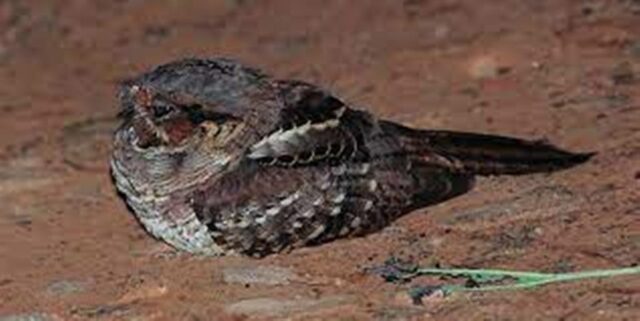
This common tropical nocturnal bird is in the same family as the Screaming Nightjar, the Buzzing Añapero, and the Shadowy Nightjar. A bird of weedy fields, coffee plantations, and second-growth habitats – listen for its distinctive “cuyeo” call at night.
Tecolote (Glaucidium brasilianum
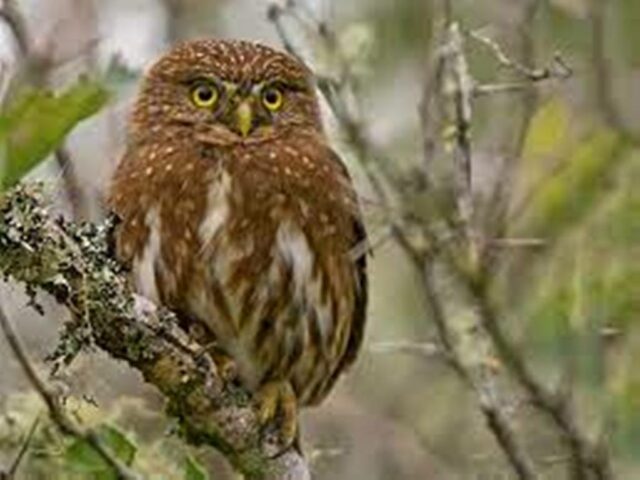
The presence of the Owl is detected by its whistlesAlthough this little owl can be active during the day, it also sings and hunts at night. A predator of lizards, insects, and smaller birds, its presence is revealed by its song; a series of constant whistles.
Tropical Owl or Tucurucú (Megascops choliba)
This little owl is found in many parts of the Central Valley but is very adept at hiding, so very little is seen. This Little Tropical Owl hides in a tangle of trees or in the hollow of a log during the day and hunts insects and other small animals in the dead of night. It can live in a variety of wooded areas or on the edge of this habitat as long as there are enough cavities in the logs to make its nests.
Pacific Owl (Megascops cooperi)
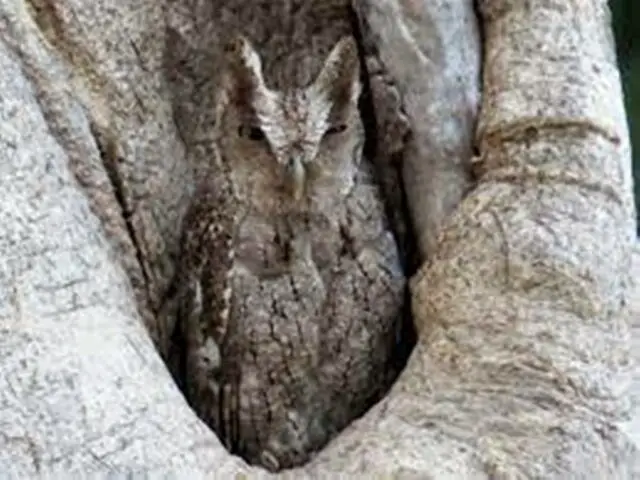
The Pacific Owl can be found in the eastern part of the Central Valley in Costa Rica. This little owl replaces the Tropical Owl in drier habitats and can live in or near the eastern Central Valley (near Alajuela). It also needs cavities in the logs to make its nest. Hear their singing as a constant staccato.
Brown Owl (Ciccaba virgata)
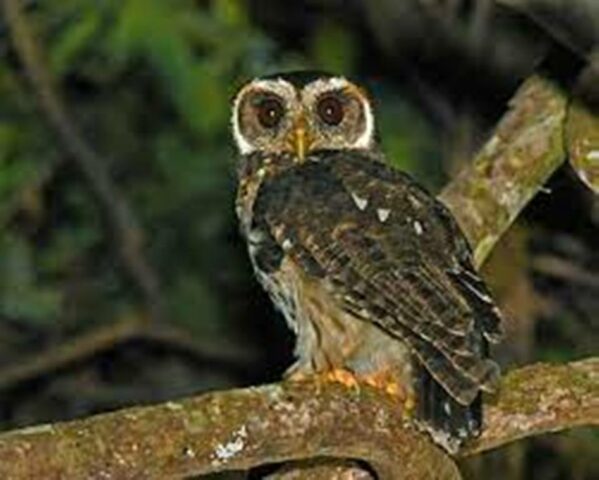
This medium-sized, chocolate-colored owl species is common in wooded areas and wooded riparian areas. One or two are heard with their abrupt call “whoof”, during the night, from the wooded paths of Villa San Ignacio. Like many other owls, they feed on mice and other small animals.
Striped Owl (Asio clamator)
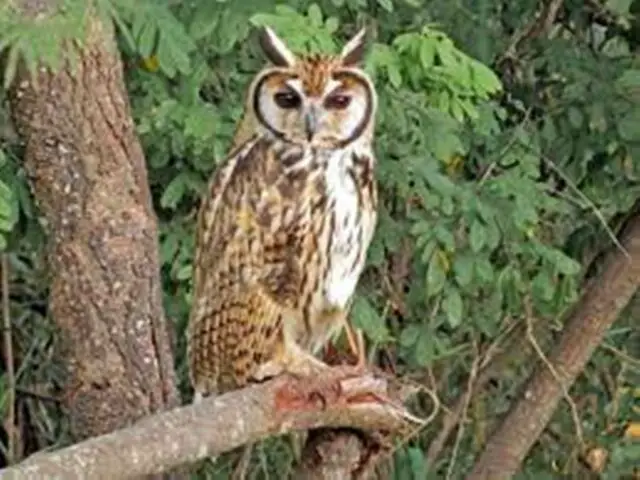
The striped owl is an expert at catching resting birds. This large and beautiful owl inhabits more open places, and this particular species is found in many parts of Costa Rica, including the Central Valley. This species prefers areas with humid forest and grass, and is occasionally seen at night mounted on a wall or on a cable at the edge of the roads. They are an avid hunter of small animals and specialize in catching birds at rest or dozing.
Barn Owl (Tyto alba)
This classic and widespread species also lives in Costa Rica. It is found in the entire range from lowlands to high peaks in the mountains, and is found in large numbers of open habitats where there is a sufficient concentration of rodents. It can also be found in many cities (where it can live in church towers or steeples), as well as on farms and places with open fields.
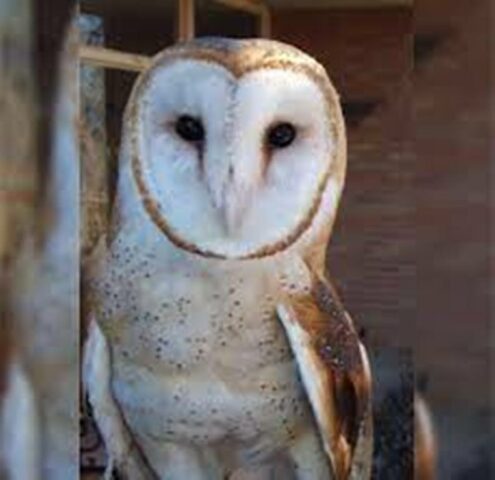
All these mentioned species can be found in the Central Valley, including in habitats near or even in the Villa San Ignacio hotel. Despite being difficult to see during the day, they can be heard at night, and with some patience, they can be seen.

